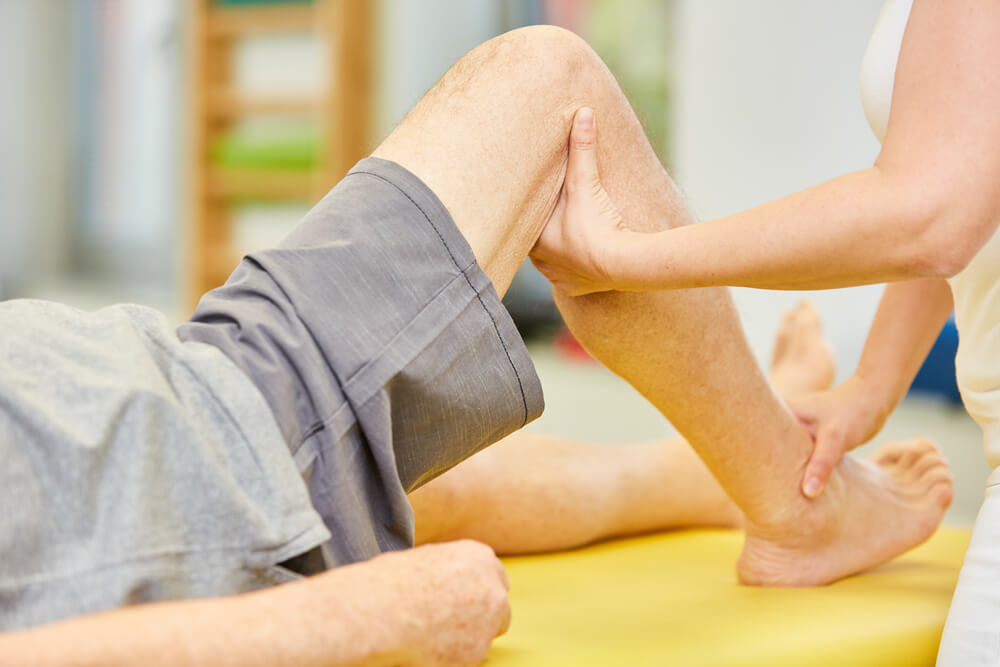Have you recently experienced a popping sensation in your knee? Since then, does twisting your knee cause you pain? People who answered yes to these questions can benefit from physical therapy for a torn meniscus.
The meniscus is a structure in your knee, and it’s made up of two C-shaped pieces of cartilage. These cartilage structures are there to cushion the ends of the shinbone and thighbone. A torn meniscus typically occurs when you twist your knee too far when it’s under a lot of pressure. For instance, suddenly changing directions when running can lead to this injury. Medical studies report that 61 in every 100,000 Americans develop a meniscus tear in their lifetime.
Physical therapy is a treatment option that can help treat the symptoms of a torn meniscus, and there are many therapy techniques that your physical therapist can use to treat this injury.
Three physical therapy techniques that can help a torn meniscus
Physical therapists are trained to perform techniques designed to address many musculoskeletal disorders, including meniscus tears. These specialists can’t do much to heal your injury directly. However, they can help support the body’s natural healing process and treat your symptoms. A few of the physical therapy methods often used to treat a torn meniscus include:
1. Therapeutic exercises — Weak quad, hamstring and calf muscles can put more pressure on the knee. This excess pressure can slow down the healing of your meniscus tear. Your physical therapist can show you how to do therapeutic exercises that can help:
- Strengthen the muscles that support and move your knee.
- Increase blood flow to the injured area.
- Boost joint lubrication.
- Improve knee range of motion (ROM).
2. Joint mobilization — A manual therapy technique called joint mobilization can also help patients with meniscus tears. Joint mobilization involves your physical therapist using their hands to move your knee through its normal ROM. This technique can help stretch out tension in soft tissue surrounding your knee; it can also help increase the mobility of your knee. Joint mobilization can even help reduce swelling and pain in your injured knee.
3. Pre- and post-surgical rehab — Many meniscus tears recover without surgery. However, some of these injuries may not heal on their own or respond to nonsurgical care. These injuries will likely need to have a meniscus repair surgery. It’s reported that between 85,000 and 170,000 of these surgeries are done in the U.S. every year.
Pre-surgical physical therapy can help prepare your body for the rigors of surgery. After your surgery, your physical therapist can build you a post-surgical rehab plan. This plan will be customized to fit your specific recovery needs and goals.
Peak Performance offers top-notch physical therapy that can help your torn meniscus
Looking for effective physical therapy for a torn meniscus? Peak Performance’s team of physical therapists is prepared to help address the symptoms of this knee injury. We can do a free screening of your knee to determine how your injury is affecting you. Also, our specialists can create a personalized therapy plan designed to meet your specific needs. You may even be able to use our virtual therapy service to treat some of your symptoms right in your own home.
Contact us today for more information about how we can help with a meniscus tear or to schedule an initial appointment.

